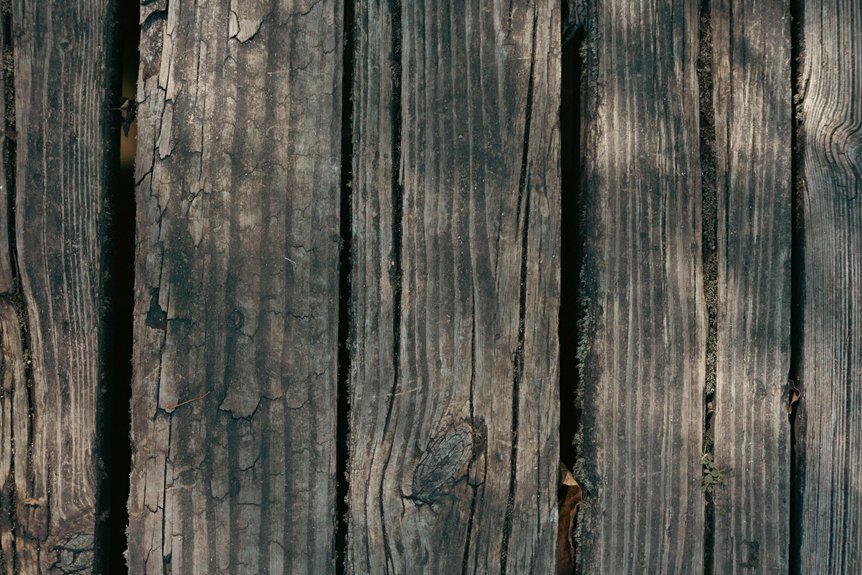Building timber encompasses a variety of wood types utilised in construction, including softwoods such as pine and fir, which are both economical and straightforward to work with. Additionally, hardwoods like oak are valued for their strength and durability. Engineered products, including plywood and laminated veneer lumber (LVL), enhance stability and optimise the use of lower-grade timber.
Fire safety regulations necessitate that timber be treated or protected, particularly in taller structures. To learn more about effectively selecting and utilising timber, please continue reading the details below.
Types and Uses of Timber in Construction
Timber is a highly versatile building material that comes in various types, each suited for specific construction requirements. Softwoods such as pine, spruce, and fir are particularly favoured due to their rapid growth and cost-effectiveness, making them ideal for a wide range of projects. On the other hand, hardwoods like oak and maple offer greater strength and durability, often being employed for both structural elements and decorative features. Traditional solid timber remains popular for constructing log cabins, although it typically requires additional insulation to enhance thermal performance. Timber panels, including cross-laminated timber (CLT) and laminated veneer lumber (LVL), provide improved stability and support, making them suitable for larger structures. Furthermore, sustainable materials like bamboo and reed are increasingly incorporated into both traditional and eco-friendly designs. These diverse types of timber empower builders to create safe, attractive, and sustainable structures, ultimately fostering a sense of community and belonging within the built environment. Timber construction is also a sustainable choice, as most timber used in New Zealand is sourced locally and sustainably.
Engineered Wood Products and Their Applications
Engineered wood products (EWPs) are specially designed materials that combine layers or components of wood to enhance strength, stability, and versatility. They’re classified into categories such as panel products, framing products, and mass timber products.
Panel options like plywood and oriented strand board (OSB) are commonly used for sheathing, siding, and as components in radiant barriers.
Framing products, including laminated veneer lumber (LVL) and I-joists, provide robust, lightweight solutions for floors, roofs, and large beams.
Mass timber options such as cross-laminated timber (CLT) and glued laminated timber (glulam) are ideal for creating spacious, open environments.
EWPs offer excellent load capacity, resist warping, and have a reduced environmental impact, as they efficiently utilise smaller or lower-grade wood. Advancements in manufacturing technology have further improved the quality and consistency of engineered wood products. Their durability and adaptability make them indispensable in contemporary construction, promoting sustainable building practices for communities aiming for eco-friendly developments.
Properties and Suitability of Different Woods
The properties of wood can vary significantly depending on the species and its intended use, which greatly influences its suitability for various construction purposes.
Hardwoods are typically stronger and more durable due to their dense and condensed structure, making them ideal for post and beam work. Certain hardwoods, such as white oak, possess natural decay resistance, although they can be more challenging to work with because of their tendency to shrink. The density and cellular structure of hardwoods contribute to their enhanced mechanical properties, making them suitable for load-bearing applications.
In contrast, softwoods like pine and fir are more readily available and generally less expensive, making them popular choices for light framing and structural applications. These woods exhibit low thermal conductivity, contributing to the warmth of buildings. The moisture content in wood also affects its thermal properties, with some softwoods, such as Western Red Cedar, being naturally more durable.
Ultimately, selecting the appropriate type of wood requires a thorough understanding of these distinct properties to ensure safety and longevity in construction.
Fire Safety Considerations and Building Regulations
Fire safety considerations and building regulations are paramount in ensuring that mass timber structures are both safe and compliant with legal standards in the UK. Regulations govern the use of fire-retardant treated wood indoors and mandate complete encasement with non-combustible materials in Type IV-A construction. Type IV-B allows for limited exposure, provided that the materials are appropriately spaced.
For buildings exceeding certain heights, there is a requirement for dual water supplies and fire pumps to enhance safety measures. Regular inspections are conducted to verify the integrity of fire protection systems.
| Critical Factor | Regulation | Impact |
|---|---|---|
| Fire resistance requirement | Fully encased or limited exposure | Prevents rapid fire spread |
| Height restrictions | Additional water supplies for taller buildings | Ensures effective firefighting readiness |
| Ongoing safety checks | Annual inspections | Maintains fire safety standards |
These regulations are instrumental in fostering a safe environment, allowing communities to feel secure in the knowledge that their buildings are well protected.
Conclusion
In summary, timber is a highly versatile material extensively used in construction, offering a variety of types and engineered options suited for diverse applications. The properties of timber depend on the species of wood, which makes certain types more appropriate for specific purposes.
Fire safety and compliance with building regulations are critical to ensure safe usage. By understanding these aspects, builders in the UK can make informed decisions, harnessing timber’s strength and sustainability while upholding safety standards and enhancing building efficiency.
Timber remains a popular choice in the construction industry due to its natural beauty and eco-friendly characteristics, making it an ideal option for both traditional and modern architectural designs.

